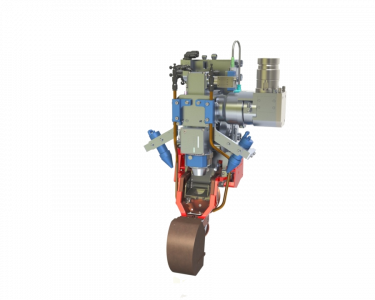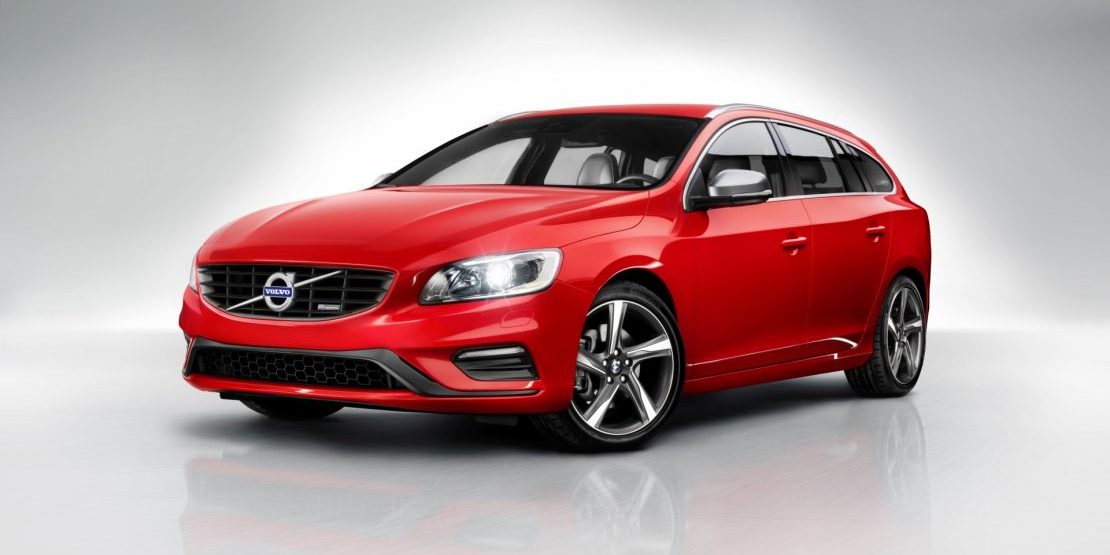Volvo Cars
Increased vision and body rigidity gives improved safety for Volvo Cars
Volvo Cars manufactures cars in several countries around the world. The V60 model is one of a series of models launched in recent years. The work to improve performance and safety is ongoing.
What were the demands of the customer, what problems do
they have and what challenges do they face?
The body of the car continuously undergoes design revisions to improve the visual impression, increase the durability and safety of the body, reduce the weight and increase the driver comfort. New welding and joining methods are continuously being tested to replace, for example, spot welding and allow smart solutions.


What solution did Permanova suggest?
A focused laser beam has high power density and only requires access from one side. The advantages are a narrow, deep and strong weld at high speed, and that new joint types become possible. The result is that more welding metres are achieved during the station cycle time, and new design solutions become possible, with better vision for the driver and increased collision safety. In addition, the laser beam can be used with lower power density for soldering to obtain the best visual impression for the joints. By adapting the basic tolerances for laser welding this method can be used advantageously.
Lots of improvements for Volvo:
- Welding of roof to side has been introduced for good design and increased body rigidity.
- Welding the A-pillars gives increased active (better vision for the driver) and passive safety (strength).
- Welding of B-pillars increases passive safety against side-on collisions.
- Welding the side to the floor sill gives reduced weight through new design and reduced flange width.
- The length of laser welds per body has increased by a factor of 3 compared to previously, within the same approximate station cycle time.
- A single design of laser welding tool with double roll from Permanova fulfils all the welding applications world-wide for Volvo Cars.
